I believe one of the secrets to thriving in life is seeking out difficult challenges, and then finding the “easy” within them. Let’s think about your diet, for example. Do you want to suffer, deprive yourself, starve, and hate the foods you get to eat in order to improve your body composition and other diet-related goals? Of course not! You want to take on the challenge of improving, but then find ways to make it as easy as possible to comply, because there are no extra points for suffering. How about in your education or career? Do you need stress, negative talk, and all-nighters to take on a new class or certification? No, not if you set yourself up for success by allocating the time and resources you need to get it done, making it as easy as possible. And of course, in your training, do you want to take on a serious challenge or goal or program from time to time? Absolutely. But there’s no need to take the hardest road to it. Figure out how to work with yourself towards your goals. Find the “easy” within the challenge.
You are probably familiar with the book Kettlebell Simple & Sinister by Pavel which was revised and updated last year to be even better. In the years since publication, the program’s effectiveness has been confirmed by the many who bought the book, followed the program, and contributed their experience on the StrongFirst forum. Several years ago, I followed the program myself for over four months and have returned to it numerous times since then. Achieving “Simple” is no small task and “Sinister” definitely ranks high on any list of challenges, making these two goals a great training ground to develop your ability to find the “easy” and succeed. Let’s look at some specific ways to do that.
Develop Your Own Training Practice
S&S is designed to be a program you do on your own. Many people only know group fitness classes, videos, or steady state cardio and have never learned to develop their own training practice. S&S will teach you how to push yourself towards the limit of your ability, with a bit of breathing room so as to not exceed it. When you exceed your limits, you end up in a sweaty pile on the floor, your body in pain, having done your last reps to failure. This is not how we do things at StrongFirst. We focus on mastery of skills, becoming strong through quality practice, and staying fresh by leaving reps in the tank to come back strong again the next session. This will be one of your benefits from doing S&S as the program outlines. This self-learning of guiding your own physical training provides some of the best lessons you can imagine. It will empower you to take control of your own practice and free you from the confines of group and guided training.
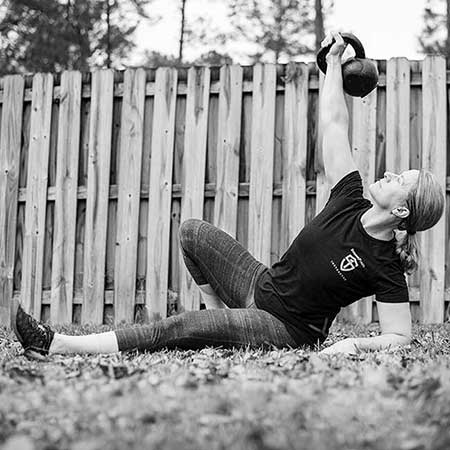
Maintain a Training Log
This might sound like a simple thing but start keeping a training log. It can be an old-style notebook or electronic. Many people keep a training log on the StrongFirst forum. Write down what you did each session, how it felt, and whatever pertinent metrics you want to track, giving them a rating of 1-10. You won’t know how useful this is until you’ve been doing it for a while. Two points that I find insightful to track are “mood” (after training) and “sleep” (the night prior). You will begin to see patterns that enable your success, revealing the things that you want to continue doing. Later if your progress stalls, look back in the log at times where things were progressing better, and you may find the clues you need in order to get un-stuck.
Tune In
An S&S session is always “just right.” No decisions to make. You just expand yourself within the task for the day. Better swings, more precise get-ups. Snappier swings, more graceful get-ups. One or two aspects of each to focus on for the practice session. Ten chances to get it right, and ten chances within each of these. It’s a beautiful construct. You can learn so much every day about these movements which seem so simple but have dozens or even hundreds of tiny nuances of skill within them. You must practice mindfully to learn these lessons. Don’t tune out when you do S&S. Tuning in is the road to mastery.
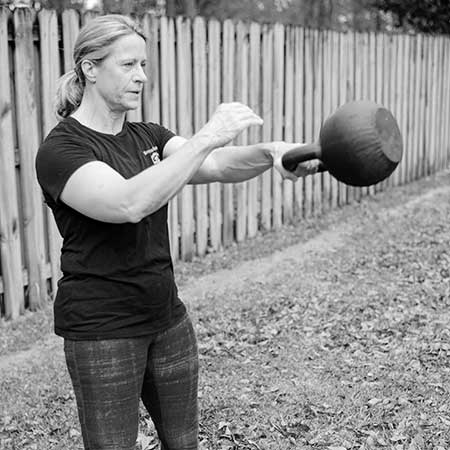
Find an Instructor and Join the StrongFirst Forum
In-person instruction from a StrongFirst certified instructor is invaluable for the “how.” It’s possible to learn these movements on your own using the book, but I guarantee you will make better progress if you work regularly with an instructor, or at least get form checks along the way. Please seek help if you hit stumbling blocks. The StrongFirst forum is an outstanding resource where members are eager to offer insight.
Discover Your Own Path
At some point, there may be lessons to learn by utilizing a variation from the standard S&S protocol. Maybe going off the S&S path to different programs, and returning to it periodically, as I did, will work for you. I progressed from Simple by preparing and attending the SFG Level I certification, then by using Al Ciampa’s “Alactic + Aerobic” (A+A) swing protocols. The SFG experience advanced my knowledge and skill in leaps and bounds. Then the A+A protocols improved my strength, power, skill, and grip endurance with 32kg swings that I did in sets of five, repeated for set length sessions, usually totaling many more than 100 swings. This was my path to “owning” Sinister swings (32kg for ladies), and I achieved Sinister approximately two years after starting S&S.
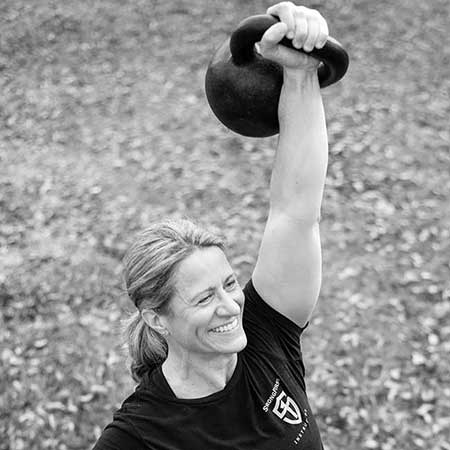
The Book’s Guidance
What about the lessons of when to advance in kettlebell size, or test yourself for the time standards? One thing has become clear through the guidance and wisdom developed in the community and now included in the new version of the book: don’t try to hit the time standards every day. Most days train “timeless” meaning just take as long as you need, which will likely be many more than the five minutes for swings and ten minutes for get-ups if you followed the program exactly. Does this mean you don’t challenge yourself while doing S&S? Not at all. It does not reduce the challenge, it just ensures your daily sessions stay focused on what Pavel intended: technique and power.
The Deeper Lessons
There are some deeper lessons that may not fully appear for many months or years of practice. For example, “The Secret of Hard Style Laziness” chapter explains a seemingly contradictory concept. Don’t we use maximum power, maximum tension in hardstyle? Yes, we do. And you should focus on developing this for a long time. But after you find your maximum and develop it, you may start to dial it back a bit with finesse and skill, condensing the power into a shorter duration of the movement.
I finally understood this lesson after weeks of A+A training. I noticed that the power application phase becomes shorter as more technique and power is developed. “Hard style laziness does not slow down or weaken the contraction,” Pavel explains, “but limits its duration.” Instead of generating max power all the way through the movement, the power is concentrated in a much smaller portion. It takes more strength and power to do this, but less energy is wasted, once it happens. This is one of the “secrets” of attaining the Simple and/or Sinister standards.
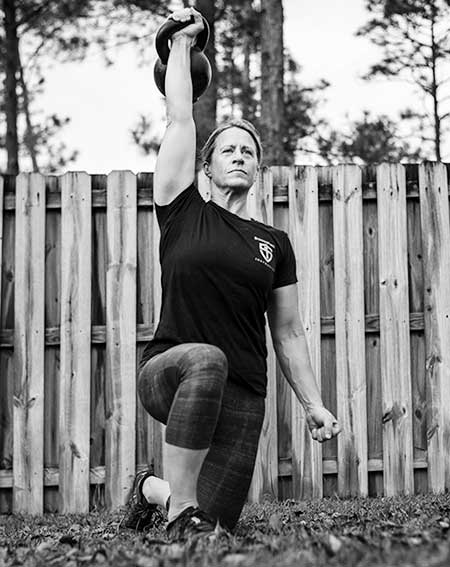
Conclusion
Taking on S&S is a great challenge. Attaining the Simple standard (timeless and then timed), and maybe even Sinister standard, are certainly challenging goals. You can take these on. The things I’ve discussed here are ways to find the “easy” within the hard challenges. Develop your practice, keep a log, tune in, get guidance as needed, find your path, and learn the deeper lessons. In this way, S&S can become a training ground for other things in life. So go ahead, choose the hard paths but figure out how to make it easy on yourself to travel them. Then celebrate your hard-earned milestones along the way.
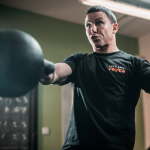
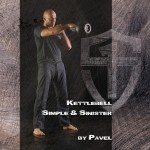
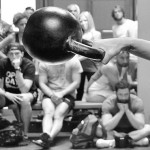
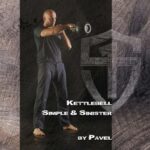

Been on S&S since early 2016. It has made me competitive-athlete strong, mobile and balanced for several sports and keeps me so. Adjustments I have made are to include a full kettlebell pressing programme with it, and to allow myself lighter swing weights when I feel like it, like 24kg or 28kg often, not always 32kg.
Good stuff Anna….
Wow. Fantastic article Anna. I always love returning to S&S. And your article highlights all the reasons why. I will be forwarding this to one of my clients who is patiently working on S&S now. Thank you for sharing your wisdom!
Good stuff!
Thanks Anna!
Good article Anna. And my personal experience is that joining SF forum and keeping training log there is propably one of the best choices I have made during these years.
Join the forum and soon you’ll find that you are part of the world wide sf community.
Great article.
I’ve found keeping a log very rewarding. I even plotted my step cycle on Excel so I could visualise the progress.
I will add mood and sleep to my records now too.
Such a great article Anna. You’ve managed to capture so much of the nuances of dedicated training and kettlebells, many of the things that only become apparent over time. Thanks for the re affirmation of how great training can be!
Great article! I’m back on the S&S program after working the Q&D for many months.
First, I agree the new version of the book is not a minor upgrade. Even if you have the previous version, the new update has many helpful techniques for the progressions, such a a schedule for when and how long to insert the next weight into your routine. The first book had a looser explanation and I did not progress well because my ego had me moving up before I was ready. The new book also has a schedule for going to 2 arm swings as active recovery, and it works.
I also agree about keeping a training log. Also, because of the repetition and possible deja vu, have a way to know what set and arm you are on. I made a sheet up with two columns of 5, and I move a coin onto the number after finishing the set left arm, left column, etc… Many times I was saved by this tool, you can lose track of where you are in the numbers working to 100 swings.
This a great program as long as you DO IT.
Inspirational, grounding and focusing read! Thanks Anna, I feel what you’re saying!